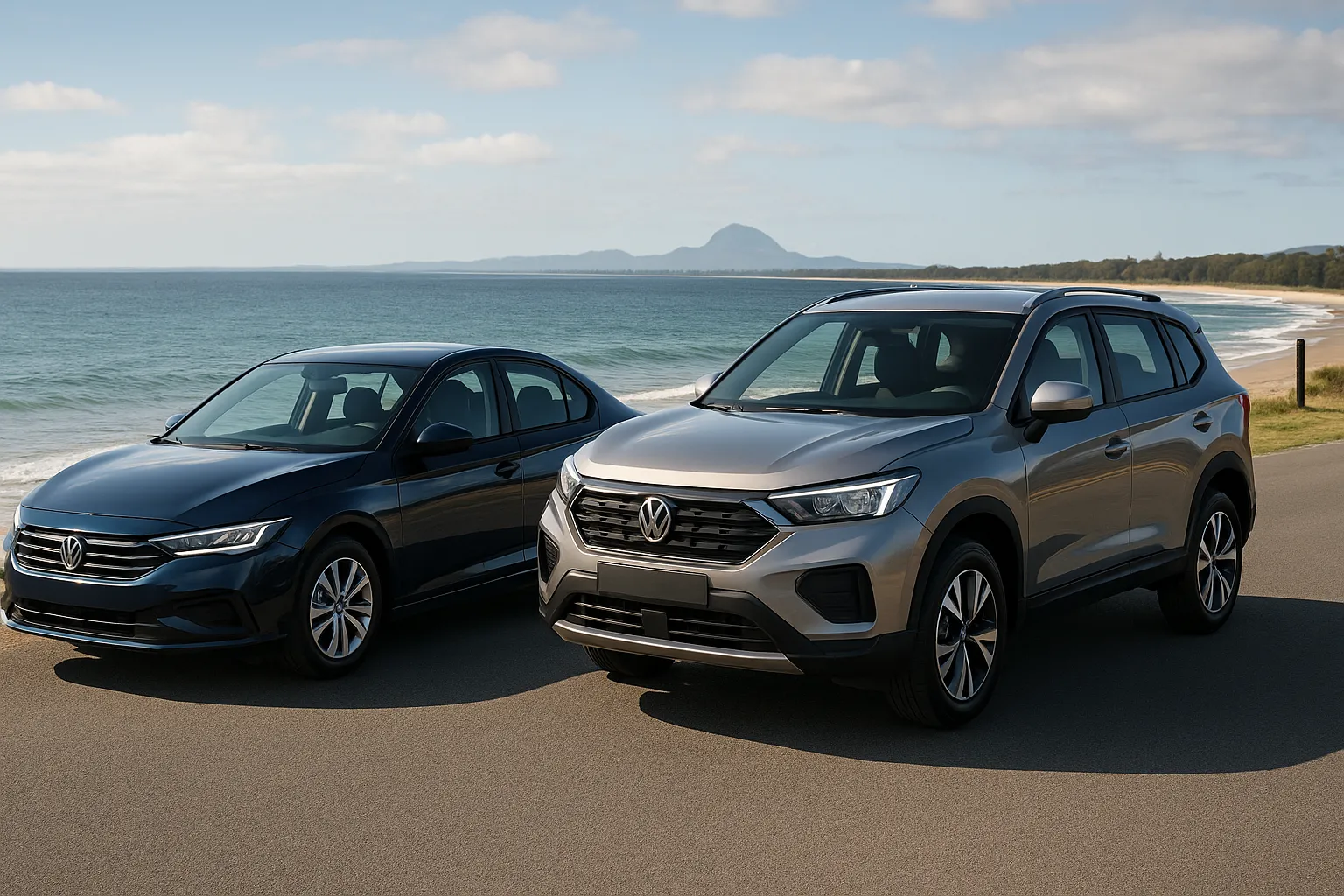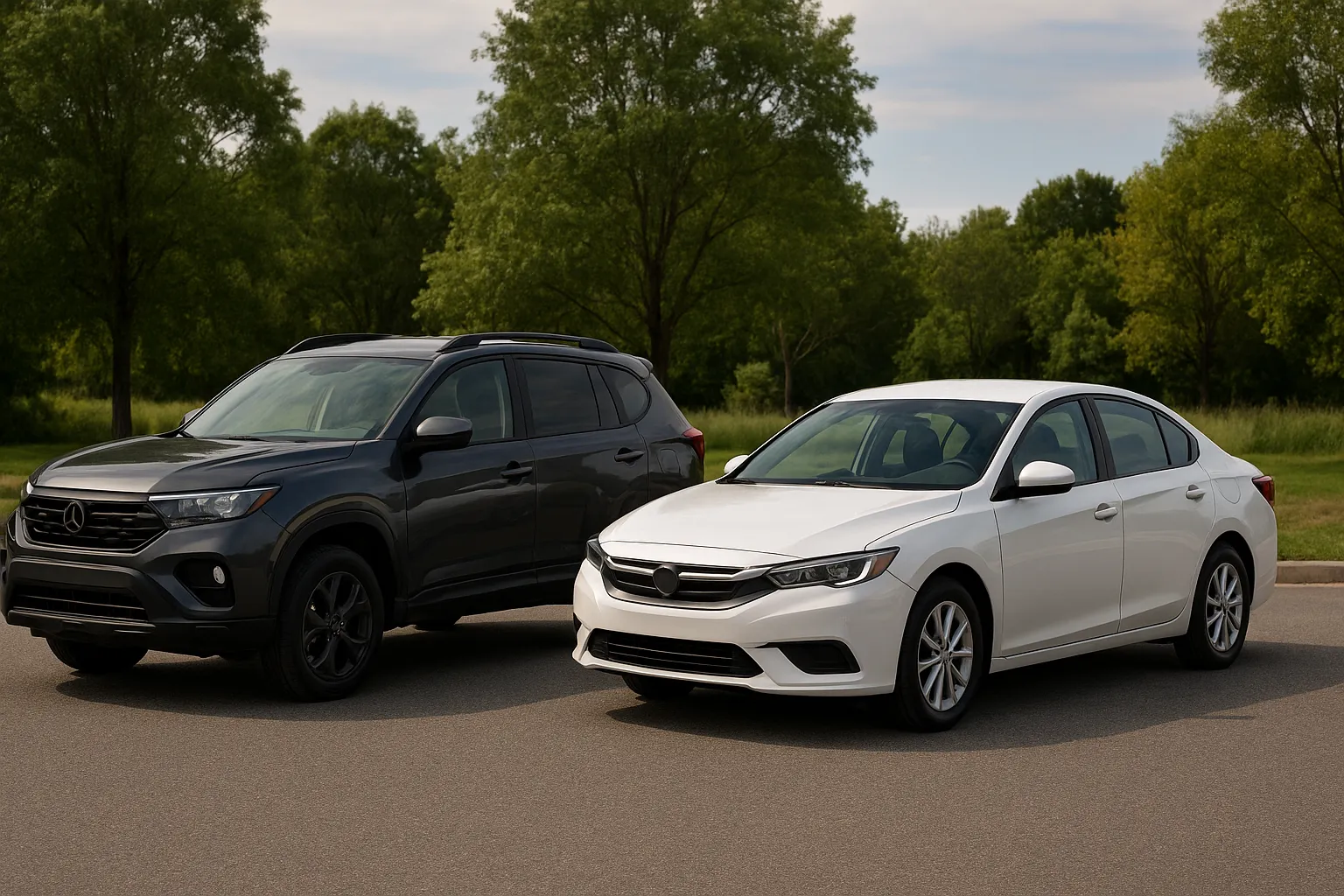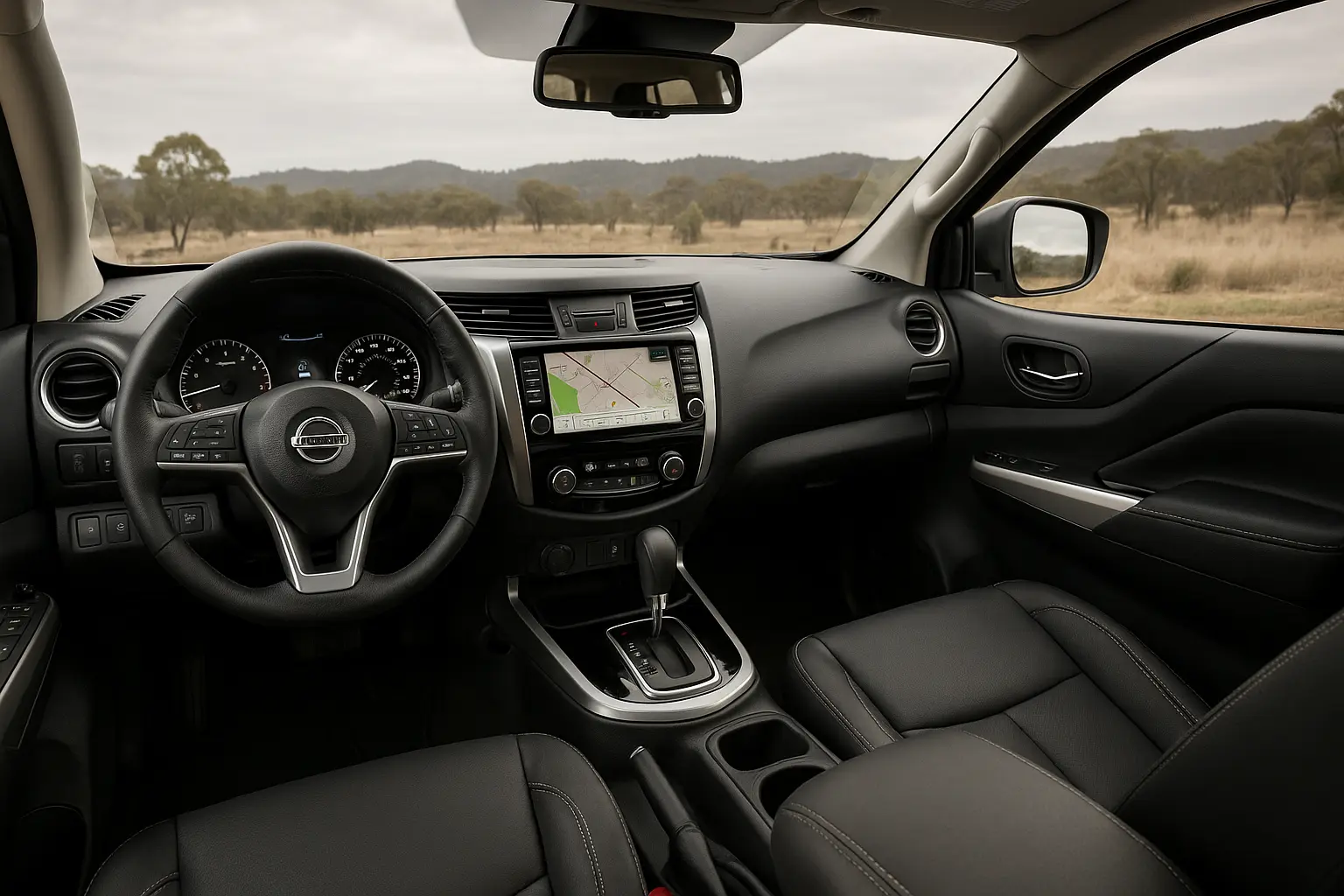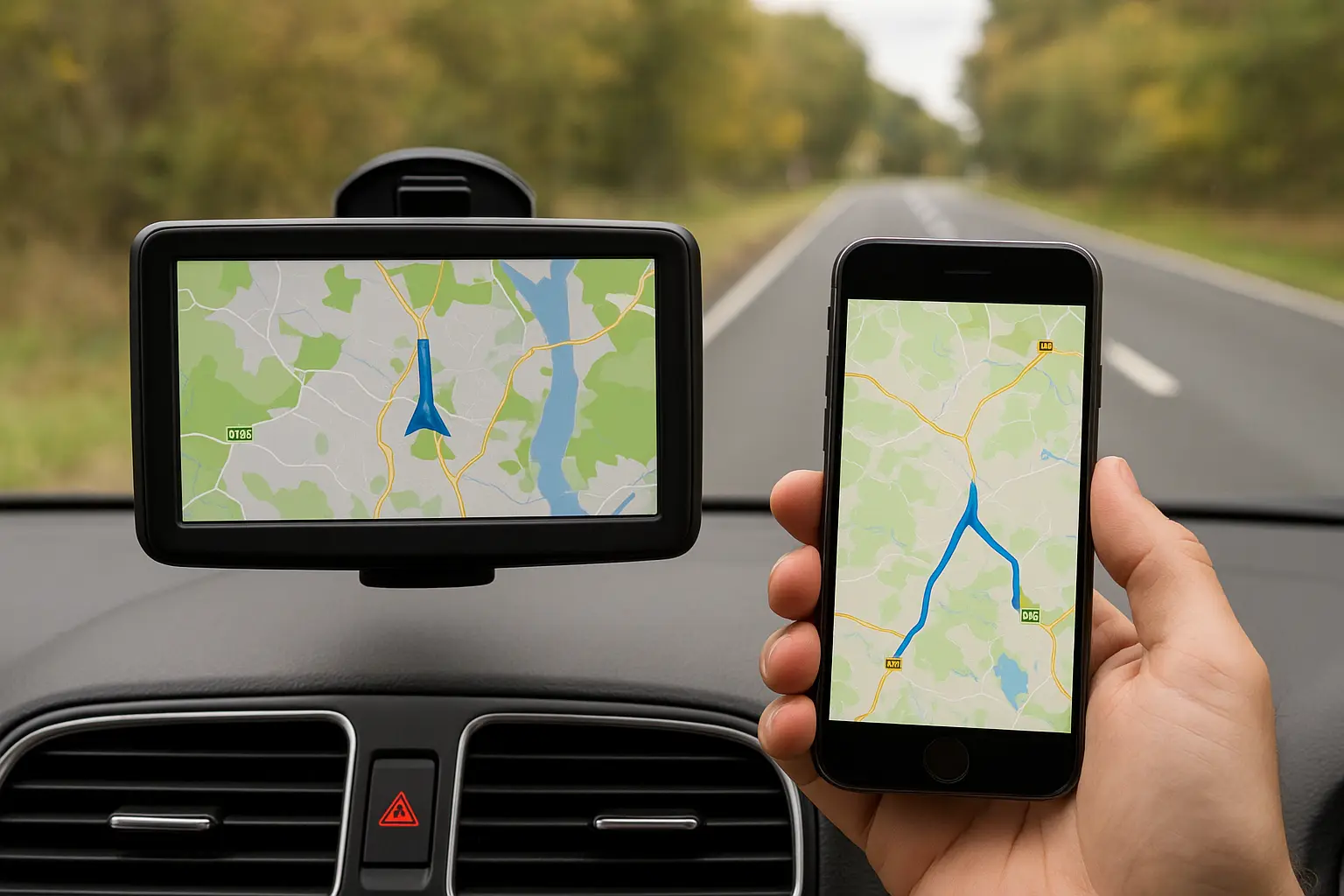Sedan vs SUV – Which Body Type Suits Australian Lifestyles Best?
Australia's love for the open road is matched only by the diversity of vehicles on offer to traverse it. For decades, sedans were the staple of the average Aussie family, offering refinement, comfort, and value. But in the last 15 years, SUVs have risen to the top as the go-to vehicle type for everyone—from tradies to urban families and adventure seekers.
So, the question arises: Which is better for the Australian lifestyle in 2025—sedan or SUV?
Let’s break it down in this in-depth guide covering everything from driving dynamics and safety to space, fuel economy, and long-term value.

1. Understanding the Aussie Landscape and Driving Needs
Before diving into specs and styling, it’s crucial to frame the decision in the context of Australian driving conditions and lifestyle habits.
Urban Commuting (Sydney, Melbourne, Brisbane): Navigating tight city lanes and finding a decent parking spot is often a daily challenge. Compact sedans can shine here.
Long Highway Drives (Outback, Coastline): Australians love road trips—think Cairns to Melbourne, or the Nullarbor Plain. SUVs offer better road clearance and comfort over long distances.
Regional/Rural Roads: Gravel, potholes, and unpredictable terrain are more common in regional Australia. SUVs often handle these better with higher ground clearance and all-wheel drive options.
Family Life: Aussies with kids need space for child seats, school bags, strollers, and the family dog. Larger SUVs win this round.
2. Design & Comfort: Which Body Feels Better?
Sedans: Sleek, Aerodynamic, and Driver-Focused
Lower stance means better cornering and more engaging driving feel.
Generally offer a quieter, more composed ride due to lower center of gravity.
Interior materials and cabin refinement often better at the same price point.
Best For:
Enthusiasts, professionals, city drivers, and small families.
SUVs: Commanding Road Presence and Versatile Interiors
Elevated seating position offers better road visibility.
More flexible interior space – flat floors, larger boot space, higher ceilings.
Easier ingress/egress for elderly or physically limited passengers.
Best For:
Families, outdoorsy types, and those who need space or carry bulky items.
3. Space & Practicality: Cabin and Cargo Matters
Sedans:
Boot sizes typically range from 400 to 500 litres.
Rear seat space can be limited in mid-size sedans.
Interior layout often optimised for 4–5 people max.
SUVs:
Cargo capacity ranges from 500 litres (compact SUVs) to 800+ litres in large models like the Toyota Kluger or Hyundai Palisade.
Rear seats often fold flat to expand boot space—ideal for camping, bikes, prams.
Available with 7-seat configurations in many mid- to large-sized options.
✅ Winner: SUVs for flexibility and family practicality.
4. Fuel Efficiency & Running Costs
Sedans: More Economical in Most Cases
Lower weight = better fuel economy.
Better aerodynamics = lower drag.
Most sedans achieve between 5.5–8.5L/100km.
SUVs: Heavier, Often Thirstier
Additional weight and drivetrain drag reduce fuel efficiency.
Average fuel consumption ranges from 7.5–12.5L/100km for petrol variants.
Hybrid SUVs (like Toyota RAV4 Hybrid) have closed the efficiency gap in recent years.
Consider This:
If you drive long distances or in traffic daily, sedans will cost less at the pump. But hybrid SUVs offer a sweet spot if you want the best of both.
5. Performance & Handling
Sedans:
More responsive handling thanks to lower ride height.
Easier to manoeuvre in tight city streets or car parks.
Sedans like the Mazda6, Hyundai Sonata N-Line and Toyota Camry Hybrid offer sharp performance.
SUVs:
Higher ride height = more body roll.
Steering can feel vague in larger SUVs.
Performance-focused SUVs like the Kia Sportage GT-Line or BMW X3 M40i are improving dynamics, but at a price.
✅ Winner: Sedans for sharp handling and fun-to-drive experience.
6. Safety: Which Offers Better Protection?
Safety has come a long way, and both segments perform admirably. Key considerations:
ANCAP Ratings: Most sedans and SUVs now score 5 stars.
Visibility: SUVs have the advantage of a higher driving position.
Braking and Cornering: Sedans have shorter braking distances and better road contact.
Advanced Safety Features: Standard in both, including lane assist, AEB, adaptive cruise control.
Family Tip: If you frequently drive with children or in areas with poor lighting or wildlife, the SUV’s higher clearance and broader field of view can be an advantage.
7. Technology & Interior Features
Both sedans and SUVs in 2025 are packed with modern tech:
Digital cockpits and 10–12-inch infotainment screens
Wireless Apple CarPlay/Android Auto
Heated/ventilated seats
360-degree cameras
Ambient lighting
Key Differentiator:
SUVs offer more power ports, storage cubbies, and better ergonomics for families. But sedans often feel more premium at the same price point.
8. Towing & Off-Road Capability
Sedans:
Generally not suited for towing beyond light trailers (750–1000 kg).
Low ground clearance makes them unsuitable for rugged tracks.
SUVs:
Perfect for light to medium towing (1300–2500 kg range for most).
AWD and 4WD options available for camping, bush, or beach driving.
Dual-range off-roaders like Toyota Prado, Isuzu MU-X, and Ford Everest dominate here.
✅ Clear Winner: SUVs
9. Purchase Price & Value for Money
Sedans:
Entry-level sedans are more affordable.
A base Toyota Camry starts around $37,000 drive-away.
Higher resale in hybrid trims.
SUVs:
Entry-level small SUVs (e.g., Kia Seltos, MG ZS) start around $30,000, but midsize SUVs easily exceed $45,000–$60,000.
More features per trim, but more price variance across sizes.
💰 Budget Tip: You’ll get a higher-spec sedan for the same price as a base-model SUV.
10. Resale Value & Long-Term Ownership
SUVs Hold Their Value Better
Ongoing demand in used car market.
Versatility and practicality attract buyers even years later.
2025 resale leaders include Toyota RAV4, Subaru Forester, Mazda CX-5.
Sedans:
Still hold decent value if they’re hybrids or performance variants (e.g. Toyota Camry Hybrid, Honda Civic RS).
Perceived as “less fashionable” by younger buyers.
✅ Winner: SUVs – but sedans aren’t too far behind.
11. Lifestyle-Based Recommendations
Here’s a quick guide based on common Aussie scenarios:
| Lifestyle | Best Fit |
|---|---|
| Solo Commuter | Sedan (Toyota Corolla, Mazda3) |
| Young Couple | Sedan or Compact SUV (Hyundai i30 Sedan or Kona) |
| Small Family | Midsize SUV (Mazda CX-5, Toyota RAV4) |
| Tradie/Off-Roader | SUV or Ute (Ford Everest, Toyota Prado) |
| Eco-Conscious Driver | Hybrid Sedan or Hybrid SUV (Camry Hybrid, RAV4 Hybrid) |
| Luxury Enthusiast | Sedan (BMW 3 Series) or SUV (Audi Q5) |
| Retirees | SUV for comfort and ease of entry |
Final Verdict – Should You Buy a Sedan or an SUV in Australia?
There is no single answer—it comes down to your lifestyle, budget, and driving habits. Here’s a final summary:
| Category | Winner |
|---|---|
| Fuel Efficiency | Sedan |
| Practicality & Space | SUV |
| Driving Enjoyment | Sedan |
| Safety Features | Tie |
| Technology Integration | Tie |
| Family Friendliness | SUV |
| Towing Capability | SUV |
| Long-Term Value | SUV |
| Budget-Friendliness | Sedan |
If you’re an inner-city dweller or daily commuter, a modern sedan might still be the smarter and more economical choice. But if you need space, versatility, or go off the beaten path, SUVs are the unmatched champions of the Australian market.
Need help choosing the perfect car for your lifestyle?
Visit carsoop.com.au for more detailed car reviews, comparisons, and buying guides tailored for Aussie drivers.
Leave a comment
Your email address will not be published. Required fields are marked *




